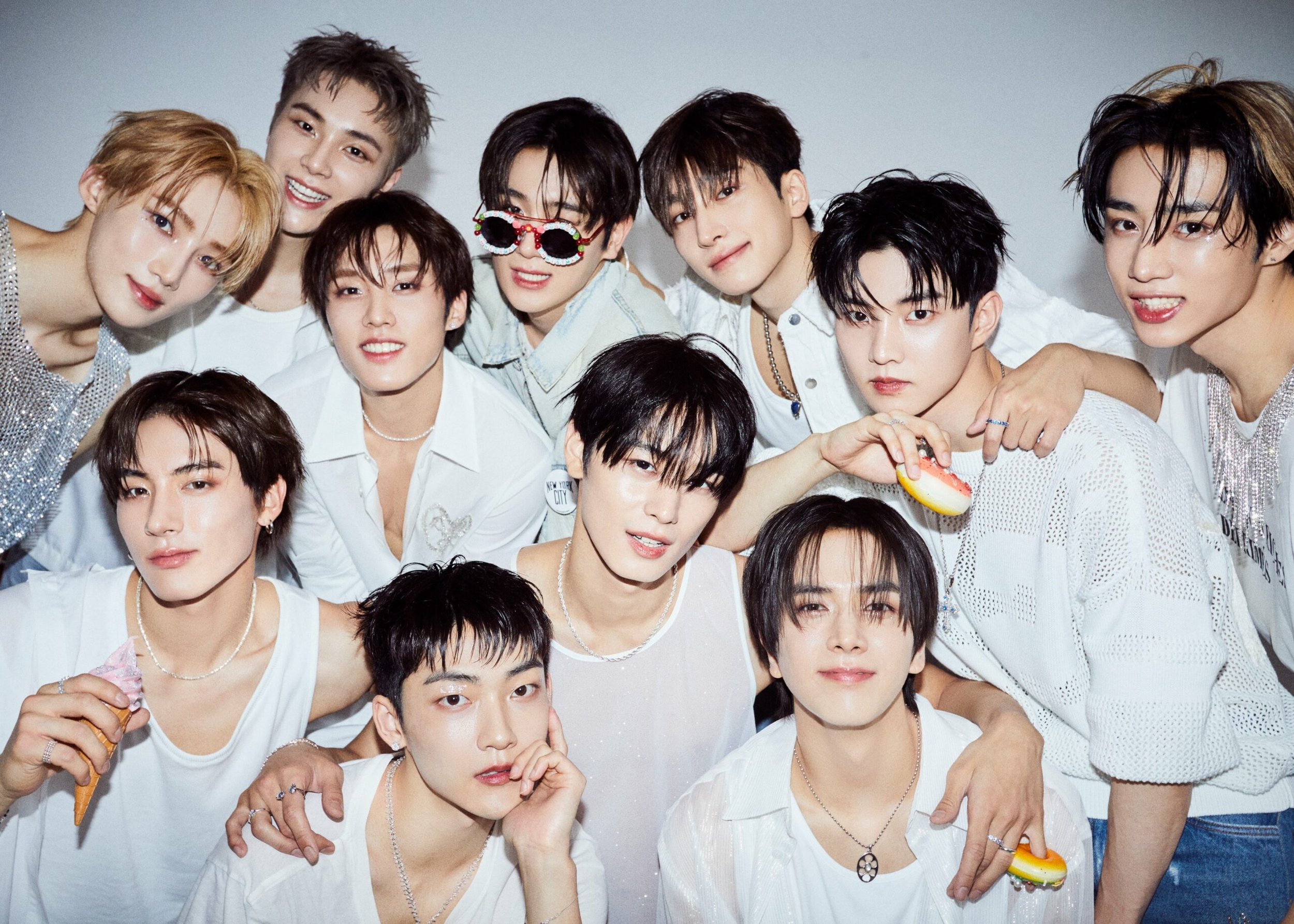Fame Factory: Crafting the Ultimate K-Pop Icons
Korea has mastered the art of creating K-pop idol groups that achieve mega-stardom and cultivate millions of dedicated fans across the globe. The rise of idols has formed a systematic pathway from trainees to trendsetters, giving these idol groups the power to influence generations. As one of the most valuable music industries worldwide, K-pop has become a phenomenon. The influence of Korean pop extends beyond music into other realms of expression, with dozens of idols as the faces of world-renowned brands: Chanel, Gucci, Prada, and many other fashion houses. A new era of Korean pop represents a billion-dollar industry that has perfected the formula for stardom by introducing a new genre. Agencies combine master marketing and perfected practices to create worldwide sensations.
Agencies gather a group of trainees and drill them with hours of singing, dancing, and acting lessons each day; the agencies run their industry like a boot camp. Idols are taught how to act and behave while living near their entertainment agencies in the Gangnam district of Seoul. A trainee’s diet, social media, and relationships are all perfected during this process. These companies plan a strategy to determine how to group the idols, matching personalities with talent. Numerous trainee groups have gained instantaneous popularity through viral catchy songs, high-budget photoshoots, and expert image composition. Some groundbreaking groups such as BTS, BLACKPINK, and EXO became top-selling artists months after their debut. Critics express how each song seems identical, as Korean phrases are repeated with heavy autotune and strong bass. These attributes deem knowing the Korean language optional when enjoying music.
Captivating audiences with its dynamic sound and upbeat energy, K-pop is a harmonious mix of styles, including pop, hip-hop, electronic, R&B, and rock. Each song is a rich auditory experience, typically featuring each member's solo verses and a corresponding rap portion. Korean pop gives each idol individuality and showcases a variety of talents in the groups while belonging to a group through individualized verses.
Each group member assumes specific roles within the group. Habitually, one member serves as a public liaison between the group and the media, while other members take on designated roles such as lead dancer, group leader, and sub-leader. Having these roles aids the relationship between the groups and the media, as each member’s image and contribution to the group are explicit. This clarity increases relatability amongst fans and improves group dynamics. As each idol fulfills their role in the group, seamless dynamics develop, allowing the group to soar on the charts. Fans grow loyal to group members because certain personality traits resonate with them, creating an unwavering fan base.
K-pop places a strong emphasis on visual presentation during photoshoots and music videos. Music videos are often elaborate, featuring intricate set design, enchanting hooks, and polished vocals. Meticulous attention to detail makes K-pop appeal to a wide range of listeners. Performances are precisely choreographed, amplifying the overall experience of the music and offering any audience the full experience of artistry. The image of Korean pop is a seamless blend of sound and visual artistry that is fresh and appreciated by hundreds of cultural backgrounds.
Thematically, K-pop songs often explore love, youth, and attraction. The genre’s constant evolution and mastery of new trends keep it vibrant and exciting. Beginning from a prime theme, K-pop groups are cohesive and polished before entering the industry. Every form of media is completed with high production quality, amassing billions of social media streams. Ultimately, K-pop is more than just a musical genre; it’s ever-evolving in nature and has become a cultural movement. K-pop serves as a bridge in the music industry, connecting audiences worldwide with the love of music.
Strike Out,
Writer: Isabelle Kim
Editor: Emily Montarroyos
Graphic Designer: Mica Cortez
Tallahassee



